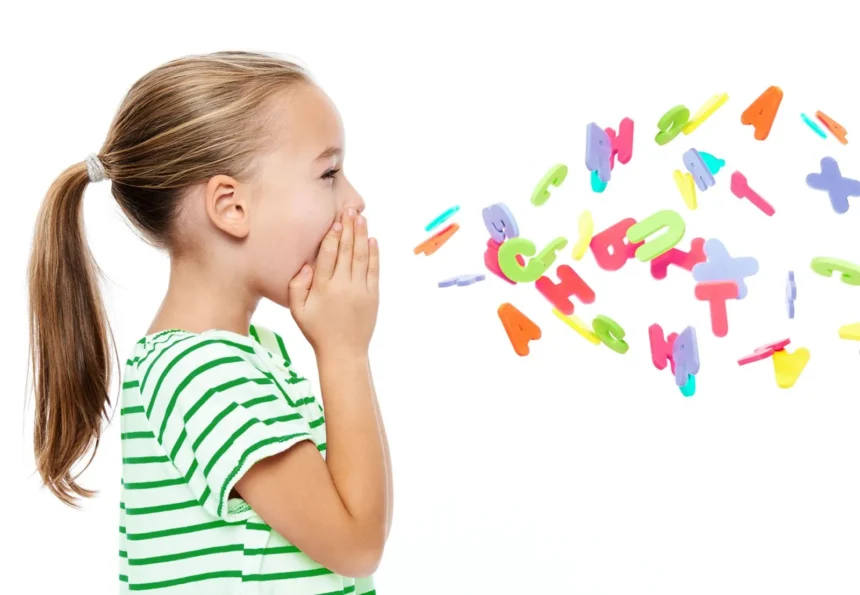When a child has a speech sound disorder (SSD), they can’t say speech sounds correctly within words.
Children’s ability to master these speech sounds affects their speech, but that’s not all. It also impacts a child’s confidence in communicating, overall learning, and development throughout their early years.
Understanding Speech Sound Disorder
SSD consists of a few different difficulties. A child might have trouble producing speech sounds because they have difficulty physically producing the sounds of a language, known as articulation difficulties.
The challenge might be that the child has difficulty understanding the arrangement of sounds in a specific language, known as phonological difficulties.
Children with SSD might substitute one sound for another, omit sounds, produce sounds different from expected ones, or distort sounds in other ways.
Impact of Speech Sound Disorder
Unclear speech isn’t the only way SSD can affect children.
Being unable to communicate clearly can be compounded by academic difficulties since phonological awareness is strongly related to literacy skills.
Children with SSD may even face problems socially with peers, who may struggle to communicate with them.
Assessing Speech Sound Disorder
Developing effective treatment plans depends on the accurate assessment of SSD.
Two comprehensive tools for evaluating speech and language abilities are the Comprehensive Assessment of Spoken Language, Second Edition (CASL-2) and the Oral and Written Language Scales, Second Edition (OWLS-II).
CASL-2 assesses a child’s spoken language skills across various speech-sound domains. That way, you can understand your child’s overall profile of producing speech sounds correctly or incorrectly.
The assessment includes a checklist for identifying articulation and phonological errors, such as substituting a plural -s for a third-person -s, omitting the initial sound in a word, and adding unnecessary sounds.
The OWLS-II also provides insight into the relationship between speech sound errors and general language development by gauging oral and written language skills.
It helps speech-language pathologists create individualized intervention plans to match each child’s needs best.
Effective Interventions for SSD
Intervention strategies for SSD focus on improving the child’s ability to produce speech sounds correctly and enhance their phonological awareness.
Articulation Therapy
In articulation therapy, SLPs work on the motor component to support the physical production of speech sounds. This could include exercises to improve the oral musculature used in speech production, repetitive practice to produce certain sounds, and strategies to promote generalizing these sounds to everyday verbal communication.
Phonological Therapy
Phonological therapy helps children develop their understanding of the language’s sound system – perhaps in the form of sorting tasks, practice of minimal pairs, and games that emphasize phonological patterns.
Home Practice and Parent Involvement
SLPs help parents work on skills at home by practicing repetitions. Many SLPs give parents homework to play with the child outside of sessions to keep up the learning. Parents can use the training ground of the home—where the child is at ease, as opposed to the school—to help a child succeed.
Use of Technology
A variety of apps and software programs support speech therapy. They offer interactive and engaging ways for children to practice their speech sounds.
Creating a Supportive Environment
Like anyone, children with SSD need a supportive and encouraging environment to thrive. Positive reinforcement, patience, and understanding from parents, teachers, and peers can boost a child’s progress.
Remember to encourage open communication about SSD. Dialogue helps reduce any stigma while building the child’s confidence.
Speech Sound Disorder Hinders Child Development
Speech sound disorder can be detrimental to a child’s communication and overall development, but it doesn’t mean impending doom.
Instead, children can improve their speech clarity and confidence with early identification and targeted intervention.
Comprehensive assessments like the CASL-2 and OWLS-II help diagnose and treat SSD. For more information on speech-language pathology and SSD, visit WPS.






